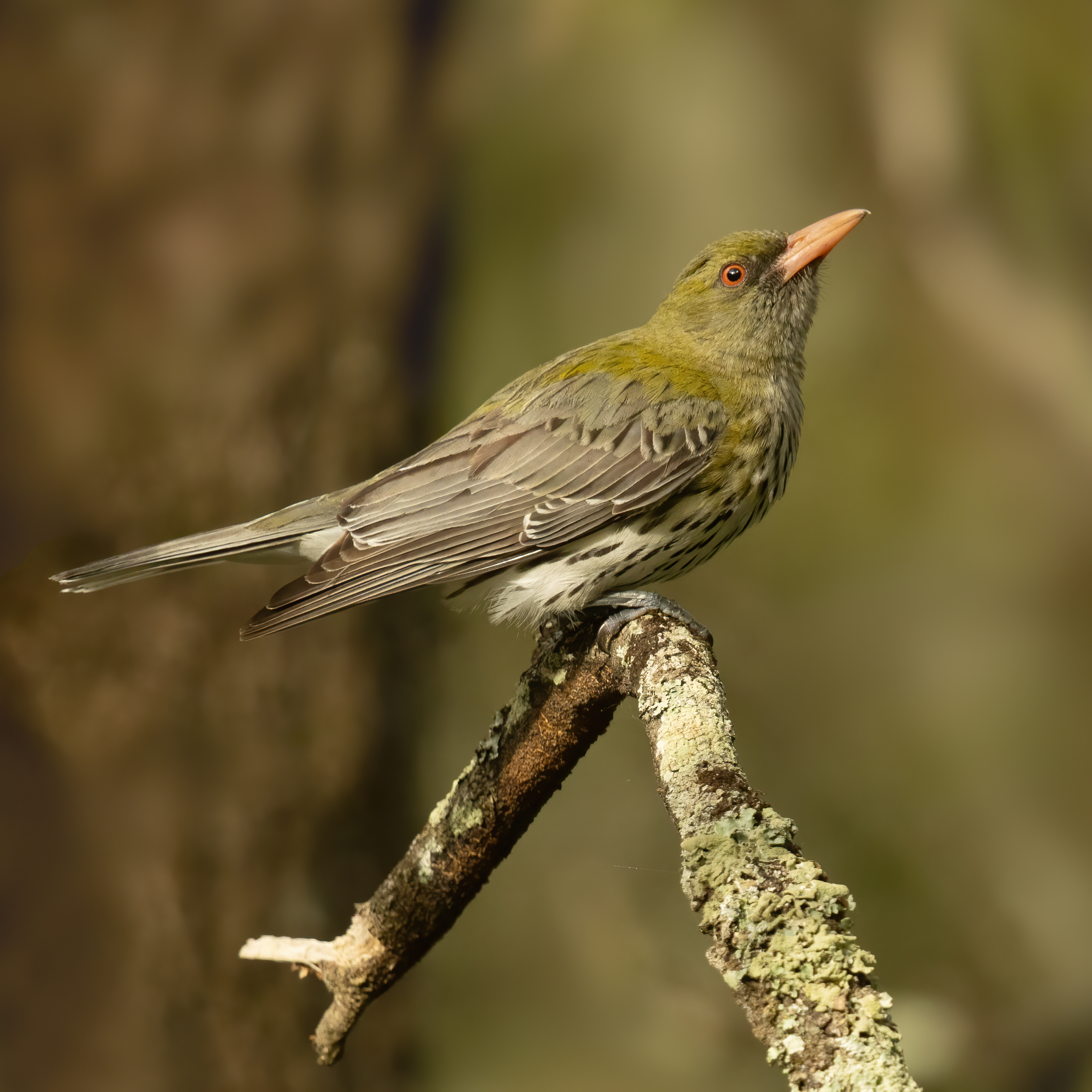|
Fruit-hunter
The fruithunter or fruit-hunter (''Chlamydochaera jefferyi''), also known as the black-breasted fruit-hunter, is an enigmatic species of bird currently placed with the typical thrushes in the family Turdidae. It is endemic to forests on the south-east Asian island of Borneo. It is highly distinct from other thrushes, instead being convergent to Corvoidea such as trillers ('' Lalage'') or true orioles ('' Oriolus''). Thus it is placed in a monotypic genus ''Chlamydochaera''. The fruithunter is not considered a threatened species by the IUCN The International Union for Conservation of Nature (IUCN; officially International Union for Conservation of Nature and Natural Resources) is an international organization working in the field of nature conservation and sustainable use of natu .... References Birds described in 1887 Endemic birds of Borneo Turdidae Taxonomy articles created by Polbot {{Turdidae-stub ... [...More Info...] [...Related Items...] OR: [Wikipedia] [Google] [Baidu] |
Richard Bowdler Sharpe
Richard Bowdler Sharpe (22 November 1847 – 25 December 1909) was an English zoologist and ornithologist who worked as curator of the bird collection at the British Museum of natural history. In the course of his career he published several monographs on bird groups and produced a multi-volume catalogue of the specimens in the collection of the museum. He described many new species of bird and also has had species named in his honour by other ornithologists including Sharpe's longclaw (''Macronyx sharpei'') and Sharpe's starling (''Poeoptera sharpii''). Biography Richard was born in London, the first son of Thomas Bowdler Sharpe. His grandfather, Reverend Lancelot Sharpe was Rector of All Hallows Staining. His father was a publisher on Skinner Street and was best known for being the publisher of ''Sharpe's London Magazine'', an illustrated periodical (weekly but monthly from 1847). His care from the age of six was under an aunt, Magdalen Wallace, widow of the headmaster at Gramm ... [...More Info...] [...Related Items...] OR: [Wikipedia] [Google] [Baidu] |
Oriolus
Orioles are colourful Old World passerine birds in the genus ''Oriolus'', the type genus of the corvoidean family Oriolidae. They are not closely related to the New World orioles, which are icterids (family Icteridae) that belong to the superfamily Passeroidea. Taxonomy and systematics The genus ''Oriolus'' was erected by Linnaeus in 1766 in the 12th edition of his ''Systema Naturae''. The type species is the golden oriole (''Oriolus oriolus''). In 1760, French ornithologist Mathurin Jacques Brisson in his ''Ornithologie'' used ''Oriolus'' as a subdivision of the genus ''Turdus'', but the International Commission on Zoological Nomenclature ruled in 1955 that "''Oriolus'' Brisson, 1760" should be suppressed. Linnaeus added more than a dozen additional genera when he updated his 10th edition, but he generally based new genera on those that had been introduced by Brisson in his ''Ornithologie''. ''Oriolus'' is now the only genus for which Linnaeus's 12th edition is cited as the o ... [...More Info...] [...Related Items...] OR: [Wikipedia] [Google] [Baidu] |
Endemic Birds Of Borneo
The island of Borneo, located in southeast Asia at the southern edge of the South China Sea, is home to one endemic bird family, three endemic bird genera and 59 endemic bird species. All but one of the latter are forest dwellers, with most restricted to the spine of hills and mountains running down the middle of the island. The avian endemism has been shaped by the island's geological history. Borneo sits on a continental shelf. During glacial periods, when water levels were lower, Borneo was linked with other islands on the shelf and with the Malay peninsula in a large landmass known as Sundaland. This allowed bird species to move freely throughout the region until the waters rose again as the glaciers melted. Separated from their relatives by the sea, some of these species evolved over millennia into the endemics now found on the island. BirdLife International has designated the mountainous central spine of the island as an Endemic Bird Area (EBA) because of the number of endem ... [...More Info...] [...Related Items...] OR: [Wikipedia] [Google] [Baidu] |
Birds Described In 1887
Birds are a group of warm-blooded vertebrates constituting the class Aves (), characterised by feathers, toothless beaked jaws, the laying of hard-shelled eggs, a high metabolic rate, a four-chambered heart, and a strong yet lightweight skeleton. Birds live worldwide and range in size from the bee hummingbird to the ostrich. There are about ten thousand living species, more than half of which are passerine, or "perching" birds. Birds have whose development varies according to species; the only known groups without wings are the extinct moa and elephant birds. Wings, which are modified forelimbs, gave birds the ability to fly, although further evolution has led to the loss of flight in some birds, including ratites, penguins, and diverse endemic island species. The digestive and respiratory systems of birds are also uniquely adapted for flight. Some bird species of aquatic environments, particularly seabirds and some waterbirds, have further evolved for swimming. Birds ... [...More Info...] [...Related Items...] OR: [Wikipedia] [Google] [Baidu] |
IUCN
The International Union for Conservation of Nature (IUCN; officially International Union for Conservation of Nature and Natural Resources) is an international organization working in the field of nature conservation and sustainable use of natural resources. It is involved in data gathering and analysis, research, field projects, advocacy, and education. IUCN's mission is to "influence, encourage and assist societies throughout the world to conserve nature and to ensure that any use of natural resources is equitable and ecologically sustainable". Over the past decades, IUCN has widened its focus beyond conservation ecology and now incorporates issues related to sustainable development in its projects. IUCN does not itself aim to mobilize the public in support of nature conservation. It tries to influence the actions of governments, business and other stakeholders by providing information and advice and through building partnerships. The organization is best known to the wider ... [...More Info...] [...Related Items...] OR: [Wikipedia] [Google] [Baidu] |



.jpg)
